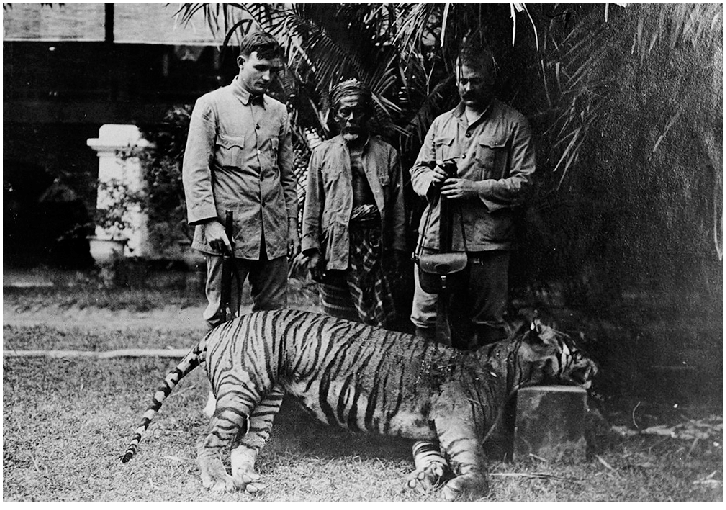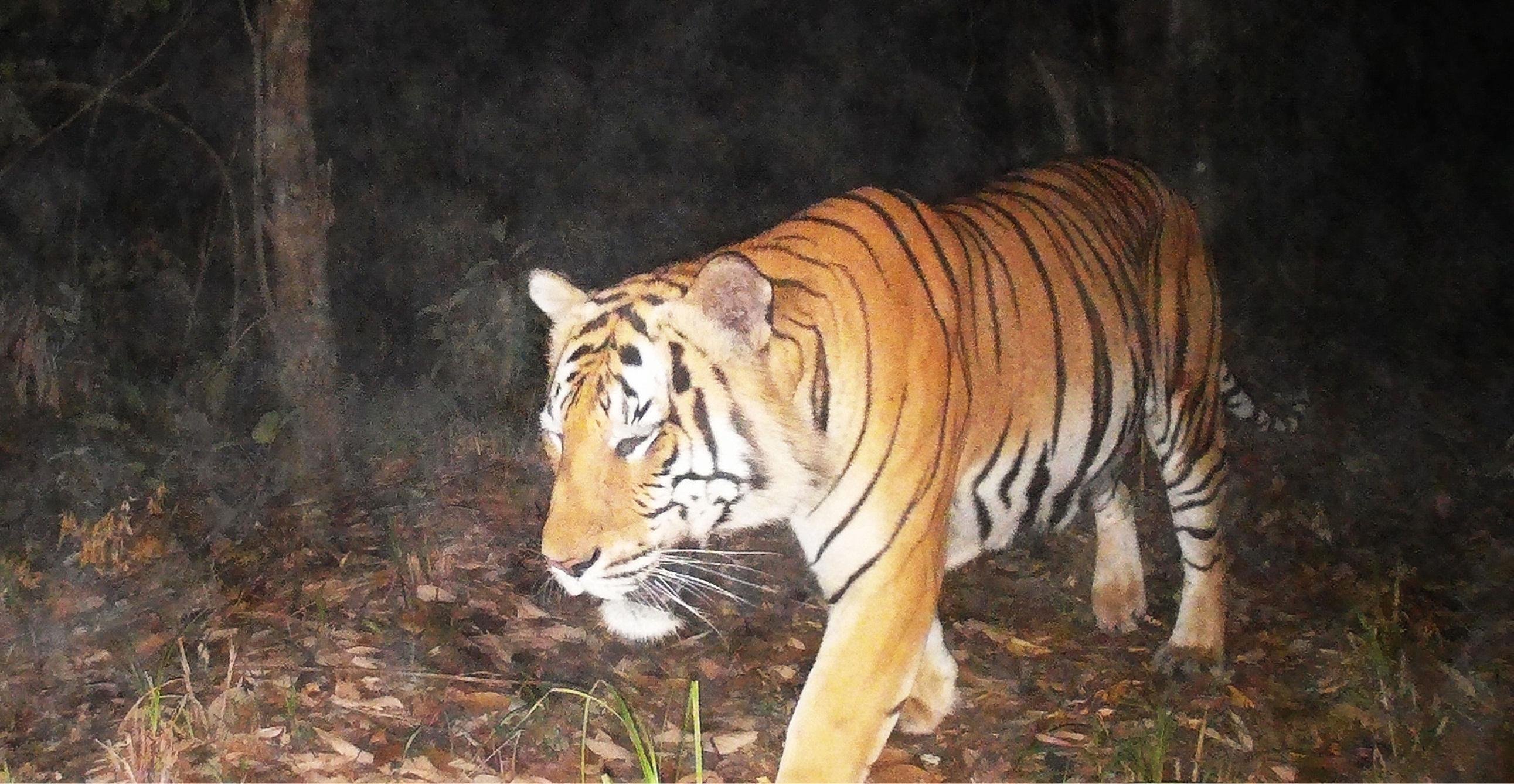What lead to the extinction of the Bali tiger
In the early 20th century, the lush island of Bali was home to a small population of tigers. Bali tigers, the smallest of all the subspecies, once roamed the island’s dense forests, however, the arrival of Dutch colonists brought devastation. Hunting tigers for sport became a popular pastime, with organised expeditions luring tourists and ‘sportsmen’ to the island to kill these majestic creatures.
The extinction of the Bali tiger was not just the result of relentless hunting. It was the consequence of habitat destruction on an island undergoing rapid agricultural expansion. As Bali’s agriculture boomed, driven by the development of wet-rice and oil palm plantations, the tigers’ habitat was increasingly fragmented. The fertile land that had sustained the tigers and their prey was gradually transformed into farmland. By the early 1900s, the tigers were being forced into ever-shrinking pockets of forest, struggling to survive amid the rapidly changing landscape. Roads cut through once-continuous forests, and the prey animals the tigers relied on became scarce. On September 27, 1937, the last known Bali tiger, an adult female, was killed. Though there were unconfirmed reports of sightings in the decades that followed, it was clear by the 1940s that the species had vanished forever.
This small, isolated subspecies was no match for the pressures of colonial development, and with no concerted effort to conserve wildlife at the time, the Bali tiger’s fate was sealed. Today, the loss of the Bali tiger serves as a poignant reminder of the fragility of even the most resilient creatures when faced with unrestrained human encroachment.
A Balinese tiger shot by Cecil HH Heaps in Bali (Public domain wiki-comms)




